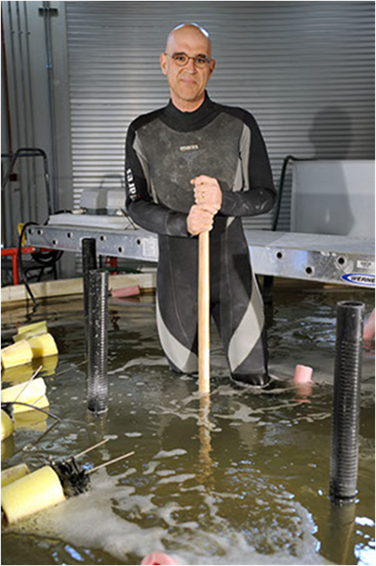
Abstract
Dissimilatory metal-reducing bacteria (DMRB) are a class of microorganisms that inhabit many subsurface environments including marine sediments. They occupy a distinct metabolic niche wherein they can acquire energy by coupling oxidation of organic matter with reduction of insoluble oxidants such as mineral deposits. This capability requires that DMRB transfer electrons to their outer surface where electron-transfer can occur to an insoluble oxidant which is distinct from the dominant paradigm in which soluble oxidants are transported into cells for reduction during metabolism. The unique extracellular electron transfer (EET) capabilities of DMRB extend to reduction of electrodes on which they form persistent, electric current generating biofilms. This capability makes DMRB useful as anode catalysts in microbial fuel cells (MFCs) for alternative energy generation and for degradation of organic wastes. In the case of Geobacter spp., anode biofilms can grow to be many microbes thick, confounding long-held beliefs about the inability of microbes to engage in long-range EET. Here I will describe the electrode-reducing ability of DMRB and latest results describing the mechanism of long-range extracellular electron-transfer that occurs within Geobacter biofilms.
Biography
Leonard M. Tender earned a BS in chemistry from MIT where he was fortunate to be mentored by Mark Wrighton, and a PhD from UNC Chapel Hill where he was again fortunate to be mentored by Royce Murray. He has been at the Naval Research Laboratory since 1999 where he is a research chemist and branch head.